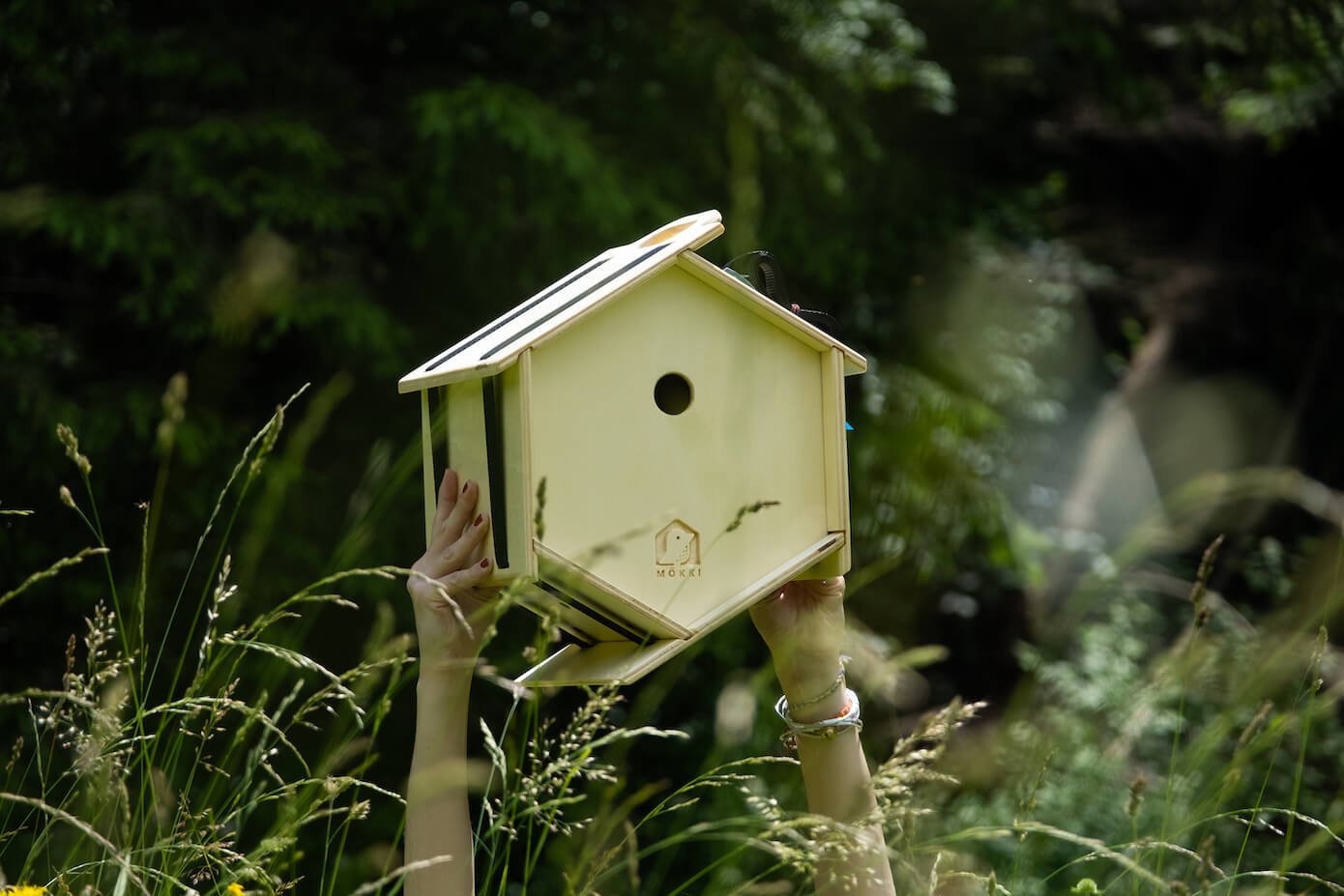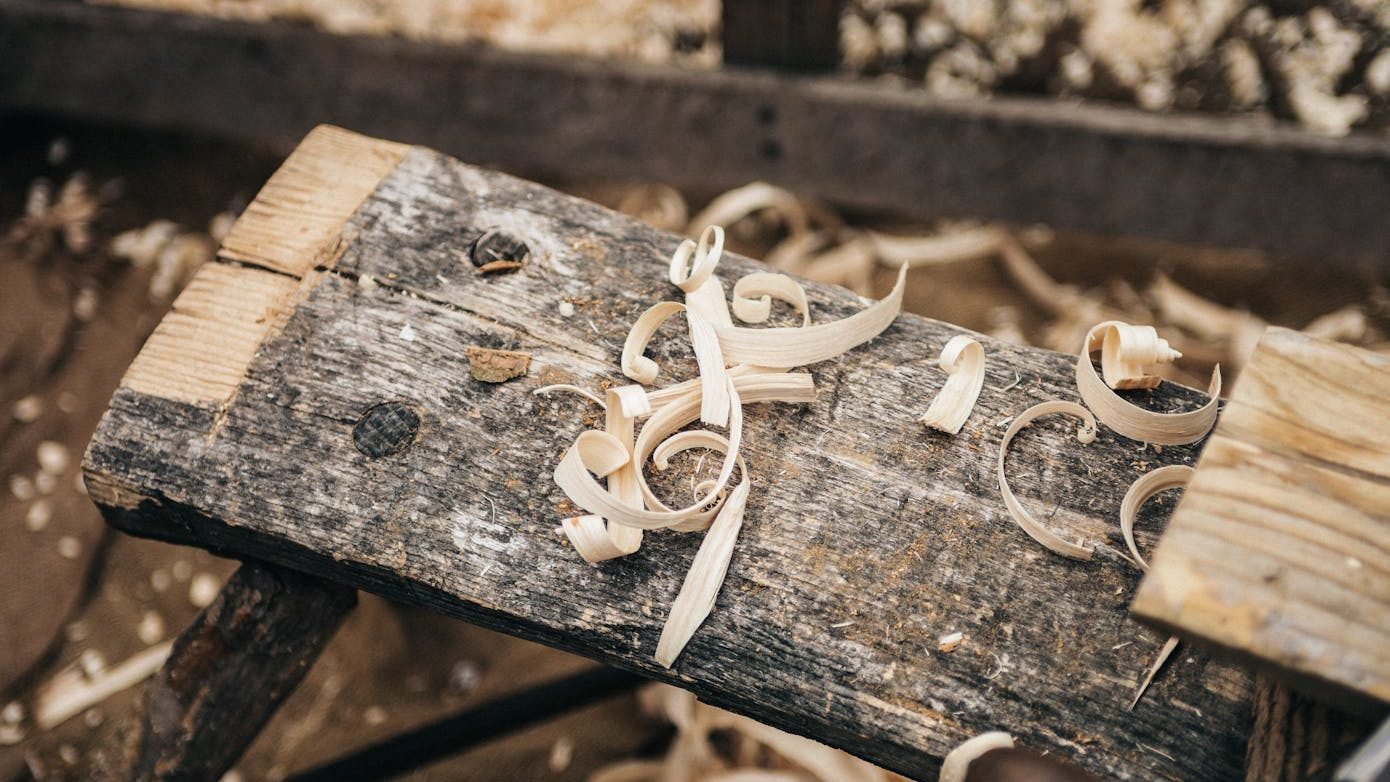At Ulap design, we believe that sustainability should be at the heart of modern interior design. As we shift towards a more eco-conscious lifestyle, furniture plays a vital role in creating spaces that not only look beautiful but also respect the environment. When it comes to furnishing your home with eco-friendly pieces, the materials you choose matter the most.
This guide explores the best materials for eco-friendly furniture, offering insights into how they are sourced, processed, and why they are better for the planet.
What is Eco-Friendly Furniture?
Eco-friendly furniture is designed and manufactured with the planet’s wellbeing in mind. This means using sustainable materials, ethical production methods, and reducing waste. The goal is to minimize environmental impact, promote renewable resources, and ensure durability, so these items last longer and reduce the need for constant replacement.
Some key features of eco-friendly furniture include:
- Sustainable materials like reclaimed wood, bamboo, and organic cotton.
- Non-toxic finishes that avoid harmful chemicals like VOCs (volatile organic compounds).
- Local craftsmanship that reduces carbon emissions associated with shipping and supports regional economies.
Top 7 Eco-Friendly Materials for Furniture
Here are some of the most sustainable materials you should consider when choosing eco-friendly furniture.
1. Reclaimed Wood
One of the best choices for sustainable furniture is reclaimed wood. This material repurposes old wood from buildings, barns, or furniture, giving it a second life. By using reclaimed wood, we reduce deforestation, conserve natural resources, and prevent usable materials from ending up in landfills.
- Durable and Strong: Reclaimed wood is often stronger and more durable than new wood because it has already aged and dried out over time.
- Unique Aesthetic: Each piece of reclaimed wood has its own story, with unique grains, textures, and markings that add character to furniture.
“Reclaimed wood is more than a material. It’s a testament to the beauty of renewal and sustainability”.
– Andrea Pregl, designer @Ulap design
2. Bamboo
Bamboo is a fast-growing, renewable resource that is rapidly becoming a favorite in eco-friendly furniture design. It grows much faster than traditional hardwood trees and can be harvested without replanting.
- Highly Renewable: Bamboo is one of the fastest-growing plants on the planet, making it an incredibly renewable resource.
- Durability: Despite being technically a grass, bamboo is incredibly strong and durable, making it ideal for furniture.
- Minimal Processing: Bamboo requires less energy and fewer chemicals to process than many traditional materials.
3. Cork
Cork is harvested from the bark of cork oak trees, which regenerates after harvesting. This makes cork a highly renewable and sustainable material, ideal for furniture production.
- Harvested Sustainably: Cork can be harvested without damaging the tree, and it regenerates over time, making it a sustainable resource.
- Lightweight and Flexible: Cork’s natural properties make it an ideal material for creating flexible, lightweight furniture.
- Biodegradable: Cork is fully biodegradable, reducing the amount of waste generated at the end of its lifecycle.

Eco-Friendly Fabrics for Upholstery
In addition to choosing sustainable wood and other hard materials, it’s important to also consider eco-friendly fabrics for upholstered furniture. Here are a few fabrics that are not only stylish but also good for the environment.
4. Organic Cotton
Organic cotton is grown without the use of harmful pesticides and synthetic fertilizers, making it a healthier and more eco-friendly choice for furniture upholstery. Unlike conventional cotton, organic cotton is produced in a way that supports biodiversity and soil health.
- Breathable and Soft: Organic cotton is breathable, soft to the touch, and perfect for cushions, sofas, and chairs.
- Hypoallergenic: This natural fabric is ideal for people with allergies or sensitive skin because it is free from chemical treatments.
5. Hemp
Hemp is one of the most eco-friendly textiles available. It requires little water to grow, regenerates soil health, and is biodegradable. It’s a fantastic option for upholstery, especially for those looking to reduce their environmental footprint.
- Durable: Hemp fibers are strong, making them ideal for high-traffic furniture like couches and chairs.
- Low Environmental Impact: Growing hemp requires significantly less water than cotton, and it doesn’t deplete soil nutrients.
Non-Toxic Finishes and Adhesives
Choosing sustainable materials is just one part of the puzzle; it’s also crucial to use non-toxic finishes and adhesives to ensure your furniture is truly eco-friendly. Many conventional finishes and adhesives contain harmful chemicals like VOCs, which release toxins into the air over time.
6. Water-Based Finishes
Water-based finishes are a healthier alternative to traditional solvent-based finishes. These eco-friendly products are low in VOCs and provide the same protective benefits as their chemical-laden counterparts.
- Low VOCs: Water-based finishes are much safer for indoor air quality, reducing the risk of breathing in harmful chemicals.
- Durable Protection: Despite being eco-friendly, water-based finishes offer long-lasting protection for wood and other materials.
7. Natural Oils and Waxes
For those who prefer natural options, linseed oil, tung oil, and beeswax are excellent choices for finishing wood furniture. These natural oils penetrate the wood to protect it from moisture and damage, while still allowing it to breathe.
- Non-Toxic: Natural oils and waxes are completely free of harmful chemicals, making them safe for both the environment and indoor air quality.
- Renewable: These finishes are made from natural resources, supporting sustainability and reducing reliance on synthetic chemicals.

Why Choose Eco-Friendly Furniture?
Investing in eco-friendly furniture not only benefits the environment but also improves your quality of life. Here’s why you should make the switch.
- Healthier Home Environment: Many eco-friendly materials are free of toxic chemicals, making your home safer and healthier, especially for families with children or pets.
- Longer-Lasting Pieces: Eco-friendly furniture is often built to last, reducing the need for frequent replacements and contributing to a more sustainable lifestyle.
- Support for Ethical Practices: By choosing eco-friendly materials, you’re supporting responsible sourcing and production practices, which help protect ecosystems and communities.
“Choosing eco-friendly furniture is more than a design decision: it’s a lifestyle choice that aligns with sustainability and mindfulness”.
– Cris Tumedei, CEO @Ulap design

Make Mindful Choices with us
At Ulap design, we are passionate about offering furniture that reflects our commitment to sustainability, slow design, and Italian craftsmanship. When you choose eco-friendly materials for your home, you’re not just making a statement about your style: you’re also making a difference for the planet.
Whether you’re looking for pieces made from reclaimed wood, natural fibers, or non-toxic finishes, our curated collections are designed with care and consciousness. Join us on this journey towards more sustainable living by exploring our range of eco-friendly furniture.
And do not forget: if you have questions and curiosity about the world of Ulap design, you will always find us here ready to answer you.

